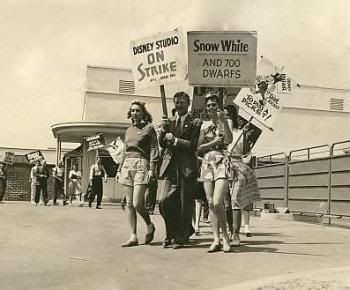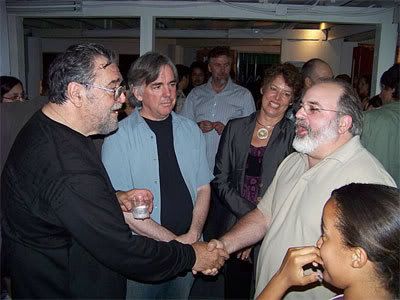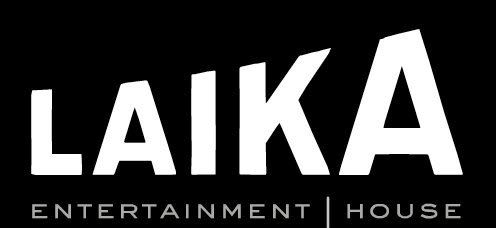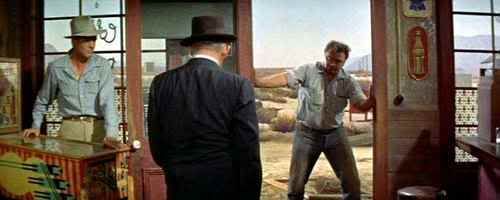That’s the question I was asked by a recently graduated animation student I spoke to at last year’s SIGGRAPH FJORG! event. One of the things I spoke about then was the need to treat the body as a connected whole — when the head moves, for example, the chest and shoulders are going to move, too. Without this nuanced connectedness, almost any movement looks unnatural. This student took that to heart, and since then wrote:
This brings us to polish rule number one: Polish simply takes time. There is no way around it, and lack of polish time is the main reason high-footage animation (like that for TV, direct-to-video, or low-budget features) looks, well, less than special, even when done by fairly skilled animators ...
And I know that exact feeling - polish a scene for a few hours, do a playblast, and wonder if it’s any difference. Here’s what I do in those situations. I take a break from the monitor, get my eyes focused on something else, try to mentally hit ‘reset,’ then go back and look at the playblasts with a fresh eye. Hopefully your hard work is clear, even if not dramatic. Which brings us to ...
Rule number two: polish is subtle. If it made a huge difference, then it wouldn’t be polish, it would be animation. So don’t expect your polish to transform a scene into something it wasn’t already. Polish isn’t what makes a scene work, or be entertaining. It makes an already good scene great. He goes on to write:
In essence I think my question is, “How much polish is too much?” The question may be easier to answer in a production setting, where the project has a defined level of style and detail that the director wants, along with deadlines that force you to give up a shot, but what about for a personal piece on a demo reel? As a recently graduated student, it’s difficult to know when to stop. I can track arcs and spacing for weeks (and have been), but I’m not sure how much it adds to the final product. A certain level of detail is desirable and adds to the performance, but it’s really hard to know when to stop and move on to another shot.
Ultimately, I’m not sure there’s such a thing as too much polish. But you have to understand what good polish is all about, because it’s very easy to waste time here. The key to efficient polish comes BEFORE the polish phase. So first, do good animation*. If your animation is full of redundant keys, tangents pulled all over the place, and problems in your timing, then you won’t end up polishing. You’ll end up reanimating.
I look at polish as being two sides of a coin. On one side, polish involves fixing minor technical mistakes. Here I’m referring to knee pops, body parts going off the arc, spacing errors, bad IK/FK transitions, frozen body parts, posing tangents, and so on. The key here is to NOT do this technical polishing until you’ve done the creative polish.
Creative polish is the other side of the coin, and is mostly layering in nuance. Depending on the style of animation, this may take a lot of work (more naturalistic work) or not so much (cartoony animation). Here we’re looking at the way things start and stop, at the subtle transfers of momentum among body parts, at sculpting poses to be a little more clear and interesting, at the quality of the moving holds, at overlap and follow-though, at avoiding multiple body parts ‘hitting’ on the same frame, at making the arcs organic, and so on. This is the kind of polish that takes a keen observational sense, and practice, and more observation.
If you hold do the technical polish before the creative polish, you’ll be repeating some work. And realize that there is a huge difference between “smoothing” and “polishing.” It’s a good idea to save different iterations of your shot before and during polish, because sometimes you realize you’ve polished the sharpness out of your animation, and you need to revert to an earlier version. If you get stuck and think you might be doing this, try getting a second set of eyes on the scene.
When I was learning clean-up animation, I was taught a trick by Dori Littel-Herrick (currently the head of the animation department at Woodbury University). Her advice was to hold off on making the tiny, picky little corrections to each drawing until you were finished with the scene. Then roll and flip the scene, and see what REALLY needs fixing. Often, many of those little imperfections that you were going to stop, erase, and carefully redraw, would turn out not to need redrawing.
Polishing in animation can be the same. Not everything needs to be perfect, the shot just has to look great. There is a difference. One of my favorite quotes is from Voltaire: “The best is the enemy the good.” Our goal is good, entertaining animation, not perfection.
Damn that mofo could draw!
On the subject of favorite quotes, Edgar Degas once said “Painting is easy when you don’t know how, but very difficult when you do.“ I think this exactly the dilemma referred to in the email above. The better you get, the more you seen needs to be done. Degas himself had a problem with this, to the point where an art-dealer/friend took to chaining Degas’ paintings to the wall, the better to keep Degas from continually taking them back to his studio for ‘improvements’!
Don’t fall into that pattern. Set yourself a time limit for how long you’ll polish a shot, and then move on. Later, if you see some obvious error, go in and fix it, but don’t get stuck in endless polish cycles, because you’ll never progress.
Polishing takes forever when you’ve animated without really making a commitment to what you’re animating. It takes forever when you’re not completely clear in your mind what you want for that scene. You need to start with good, clear ideas. Polishing will also get faster with practice, so starting and completing scenes on a regular basis will spur your growth far more than making one or two perfect shots.
When your time is limited for your polish pass, think carefully about what the audience will really notice. Usually they’ll always pick up on the overall movement, on anything around the eyes, and on hand gestures. Don’t scrimp on those areas. Then have a friend take a quick look, and see if they notice anything. But just show it for a pass or two. If an animator friend doesn’t notice any problems right away, it’s unlikely the audience will, either.
*Polishing a scene that wasn’t working to begin with is commonly known as buffing a turd. You can spend a lot of time on it, but you only end up with a shiny turd ...




























